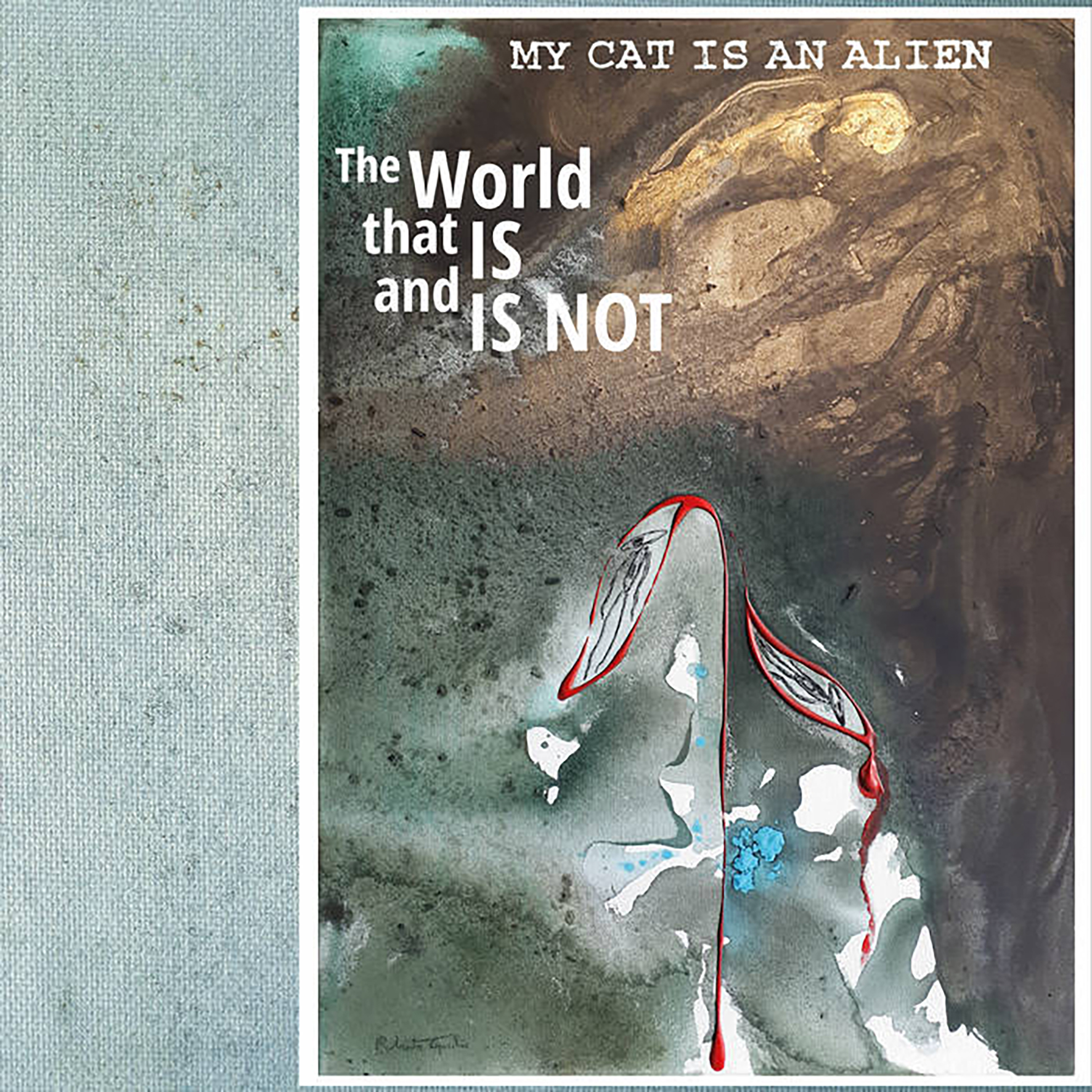 The Opalio Brothers somehow managed to release three strong albums last year, but I believe only this one was (spontaneously) composed and recorded during the pandemic. It was also inspired by it, as The World That IS and IS NOT is billed as a concept album of sorts: an "existential reflection" on a scenario "where everything seems to vanish into the void." That admittedly sounds like a recipe for a bleak album, but the Opalios arguably went the opposite route, heading in a warmer direction to illustrate how music and art can help us transcend the "spiritual disquiet and moral despair" of the current age. To new or casual fans, that increased warmth will probably be nearly imperceptible, as it will be largely eclipsed by the fundamentally outré and mind-meltingly psychedelic elements of this project. Longtime fans will definitely notice a difference though, as this is an unusually meditative album with a satisfying and purposeful arc. While I tend to enjoy the comparative unpredictability of MCIAA's collaborations the most these days, this one captures Roberto and Maurizio in especially inspired form on their own, as I would be hard-pressed to think of a more perfectly distilled example of their warped and wonderful vision.
The Opalio Brothers somehow managed to release three strong albums last year, but I believe only this one was (spontaneously) composed and recorded during the pandemic. It was also inspired by it, as The World That IS and IS NOT is billed as a concept album of sorts: an "existential reflection" on a scenario "where everything seems to vanish into the void." That admittedly sounds like a recipe for a bleak album, but the Opalios arguably went the opposite route, heading in a warmer direction to illustrate how music and art can help us transcend the "spiritual disquiet and moral despair" of the current age. To new or casual fans, that increased warmth will probably be nearly imperceptible, as it will be largely eclipsed by the fundamentally outré and mind-meltingly psychedelic elements of this project. Longtime fans will definitely notice a difference though, as this is an unusually meditative album with a satisfying and purposeful arc. While I tend to enjoy the comparative unpredictability of MCIAA's collaborations the most these days, this one captures Roberto and Maurizio in especially inspired form on their own, as I would be hard-pressed to think of a more perfectly distilled example of their warped and wonderful vision.
This three-song suite deceptively opens with an extended piece that explores somewhat familiar alien terrain, as rattling, discordant, and broken arpeggios from Maurizio's self-made double-bodied string instrument erratically tumble through the dreamlike haze of Roberto's wordless vocalizations. The execution is unusually wonderful, however, as the increasingly sliding, scraping, and bleary strings create a deepening sense of immersive otherworldliness. That sets the stage nicely for the album’s centerpiece, "Whispers of Hope and Illusions," which calls to mind a ramshackle, post-apocalyptic structure of rusted metal wires being violently shaken by a passing storm of extradimensional psychedelia. It is probably one of my favorite MCIAA pieces to date, casting an immersive spell of rattling, undulating, and semi-curdled heaven. Granted, it is still a surreal mindfuck beyond earthbound tonality, but it is complex, nuanced, and weirdly beautiful enough not to feel like a lysergic nightmare (though the storm does get kind of intense). The album closes with yet another unusual (if brief) piece entitled "Prayer For A New Aurora," which feels like a window into a ritual or religious ceremony from an alien planet or alternate dimension. I especially liked whatever sounds like a homemade synthesizer dissonantly attempting to replicate a vuvuzela being strangled. Together, the three pieces flow into quite an absorbing and memorable whole and not a single theme ever overstays its welcome. While I sometimes pine for the days of incredibly long MCIAA albums, I am similarly enamored with beautifully focused and concise statements like this one. If there is another album by the Opalios that strikes a better balance between bold outsider vision and repeat listenability, I certainly cannot think of it.
Samples can be found here.
Read More

